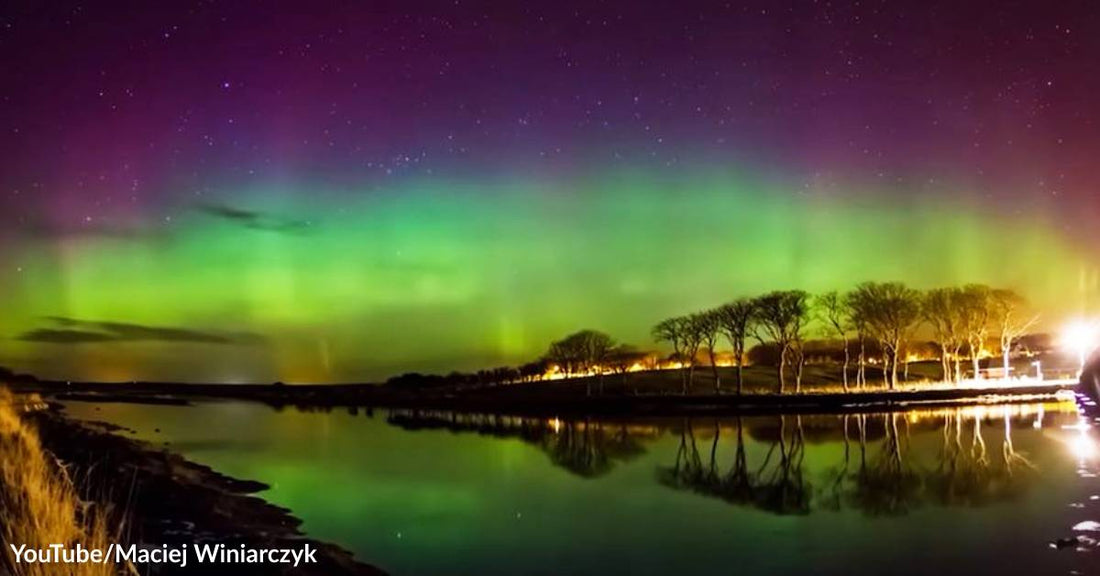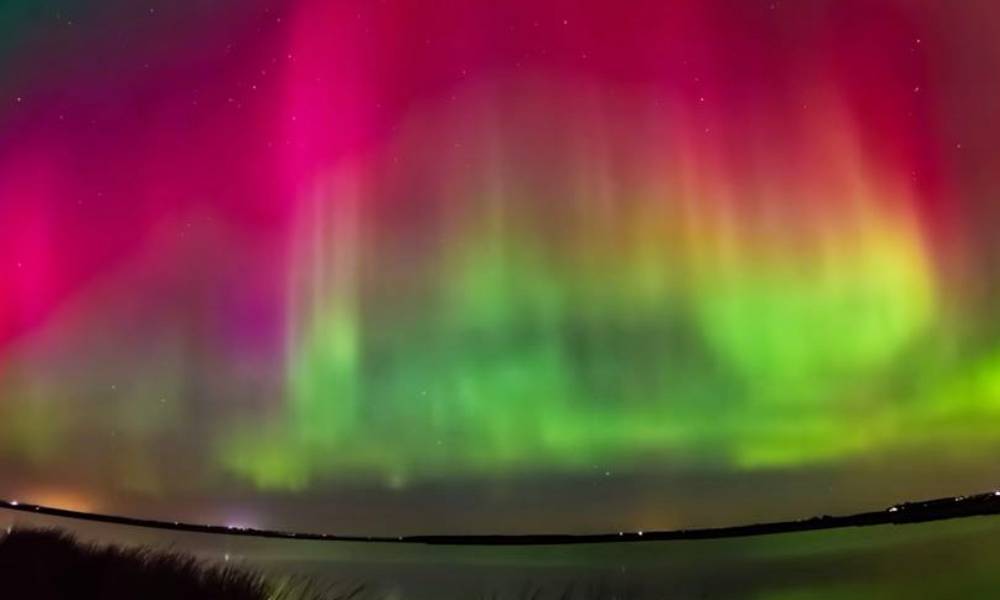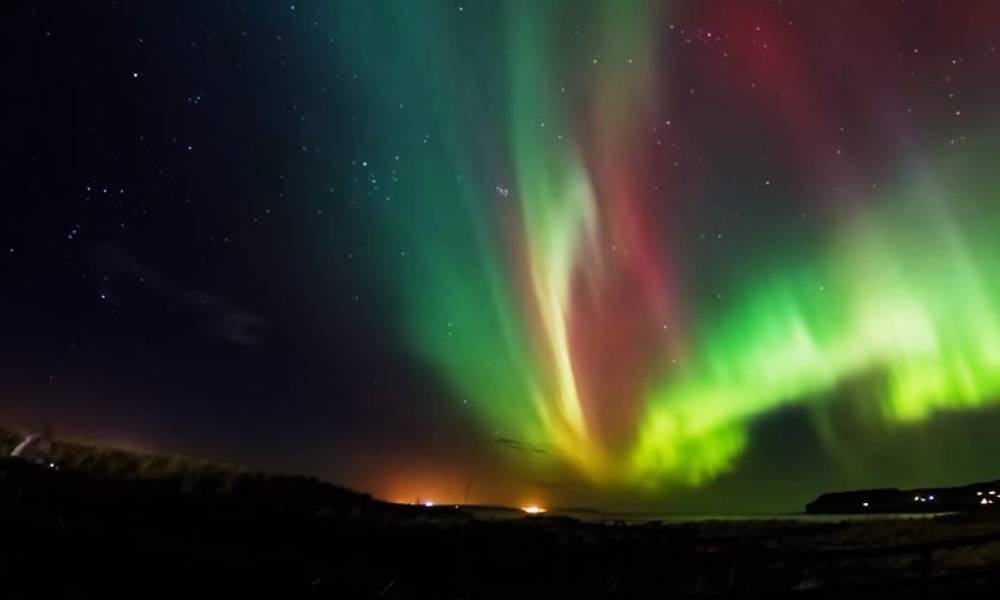Where Does the Magic of the Aurora Borealis Come From?
Doris de Luna
In 1619, thinking that the dazzling phenomenon was caused by sunlight reflecting from the Earth's atmosphere, Italian astronomer and scientist Galileo Galilei gave the "Aurora Borealis" its name.
 Photo: YouTube/Maciej Winiarczyk
Photo: YouTube/Maciej WiniarczykAurora is the goddess of the dawn based on Roman mythology, while Borealis was derived from the name of the ancient Greek god of the north wind, Boreas.
However, Galileo was not the first human to observe the mystical beauty of the Aurora Borealis.
Ancient Cave Art Was Inspired by the Aurora Borealis
In southwestern France, prehistoric Cro-Magnon cave paintings were discovered, and among these was what may be the earliest depiction of the aurora. These macaronis, the oldest and simplest forms of art, created by finger tracing, were believed to have been created sometime around 30,000 BC.
 Photo: YouTube/Maciej Winiarczyk
Photo: YouTube/Maciej WiniarczykMeanwhile, the oldest written record of the aurora goes back to 2600 BC. The phenomenon was associated with the birth of the Yellow Emperor Xuanyuan Huangdi, China's third mythological emperor who is known to have popularized Daoism.
Then, in 1570, the aurora was depicted in a drawing as burning candles in the sky. This artwork is displayed at the Crawford Library in Edinburgh's Royal Observatory.
The True Origin of the Aurora Borealis
But, really, where does the Aurora Borealis come from?
The Aurora Borealis is a phenomenon that happens when a solar wind reaches Earth and its electrically charged particles --- electrons and protons -- collide with the gas atoms in our atmosphere.
 Photo: YouTube/Maciej Winiarczyk
Photo: YouTube/Maciej WiniarczykEven though most solar winds are deflected by our planet's magnetic field, billions of particles from these winds are able to escape into our atmosphere. What our magnetic field does is catch all these highly charged particles in the magnetosphere and direct them to the geomagnetic poles, which are proximate to our geographic poles.
And there is where the phenomenon of the aurora happens. As the particles of the solar wind collide with our atmosphere's gas atoms and molecules - mostly made up of oxygen and nitrogen - electrons from our magnetosphere pass their energy to these atoms and molecules. As these gas atoms and molecules recover from the collision, they begin to radiate light. These tiny miracles make up the aurora.
 Photo: YouTube/MAciej Winiarczyk
Photo: YouTube/MAciej WiniarczykBut what about the different colors of the aurora?
The kind of colors that an aurora displays depends on several factors:
* The amount of energy of the electrons in the solar wind at the time of the collision.
* The type of gas atoms and molecules with which they collide in our atmosphere.
* And the altitude when the collision happens.
Red is produced when high-energy electrons interact with oxygen at an altitude of more than 290 kilometers in the ionosphere. Lower than that altitude, green light is created between a low-energy electron and an oxygen atom.
 Photo: YouTube/Maciej Winiarczyk
Photo: YouTube/Maciej WiniarczykMeanwhile, collision with nitrogen creates a blue or red hue. Pink, purple, and other colors may also appear when there is a fusion of these dazzling colors.
Another fascinating fact about the aurora is that it can be seen in other places, like the Southern Hemisphere, where it is called Aurora Australis.
 Photo: YouTube/Maciej Winiarczyk
Photo: YouTube/Maciej WiniarczykOther planets and celestial bodies in our solar system have auroras, too. Mars and Venus have faint auroras, while Jupiter and a member of its family-comets manifests more brilliant lights. Saturn, Uranus, and Neptune have their share of this kind of phenomenon, as well.
But we do not have to travel across space just to enjoy this magical display of lights! Many countries and regions in the North Pole and the South Pole are thrilled to share with guests and tourists the joy of watching these dancing lights high up in our own sky! Check out the video!
https://www.youtube.com/watch?v=fVsONlc3OUY


